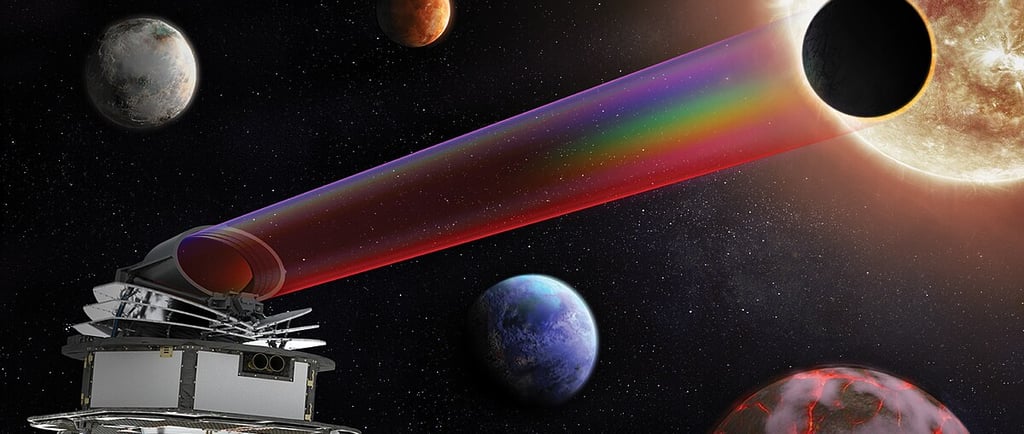The ESA/Ariel Mission Set to Launch in 2029


Introduction to the ESA/Ariel Mission
The European Space Agency (ESA) is preparing for an unprecedented exploration of the cosmos through its upcoming Ariel mission. Scheduled for launch in 2029, this ambitious project aims to study thousands of exoplanets, providing invaluable insights into the composition and atmospheres of celestial bodies that exist beyond our solar system. By utilizing advanced technology and innovative methodologies, the Ariel mission will enhance our understanding of the diverse range of exoplanets, from rocky worlds to gas giants.
The Unique Position of Lagrange Point L2
Central to the success of the ESA/Ariel mission is its strategic placement at Lagrange Point L2. This stable point in space, located approximately 1.5 million kilometers from Earth, provides an unobstructed view of the cosmos while minimizing disturbances from our planet's atmosphere and thermal fluctuations. Operating from L2 allows Ariel to continuously observe exoplanets in the visible and infrared wavelengths without the hindrance of Earth’s atmosphere, which is vital for accurate data collection and analysis.
Studying Exoplanets: Goals and Expectations
The scope of the Ariel mission is both ambitious and unprecedented. By focusing on a diverse array of exoplanets—ranging from rocky planets that could potentially harbor life to massive gas giants—the mission will gather essential data on their atmospheric compositions and formation histories. By utilizing both visible and infrared spectroscopy, Ariel will be able to detect the presence of molecules such as water vapor, carbon dioxide, and methane, elements fundamental to understanding planetary atmospheres and the possibility of habitability.
In addition to studying atmospheric conditions, Ariel's observations will also aim to explore the evolution of exoplanets over time. This research is poised to reveal how different planets react to their star's radiation, further informing scientists about the conditions required for planetary development. With data from thousands of exoplanets, researchers will be equipped to draw comparisons and identify patterns pertaining to planetary formation across different systems.
The outcome of the ESA/Ariel mission is expected to impact not just astrophysics but also the broader landscape of planetary science, enriching our knowledge about the cosmos and our place within it. As the mission approaches its launch date in 2029, the global scientific community eagerly anticipates the revolutionary discoveries that will stem from this innovative endeavor.
